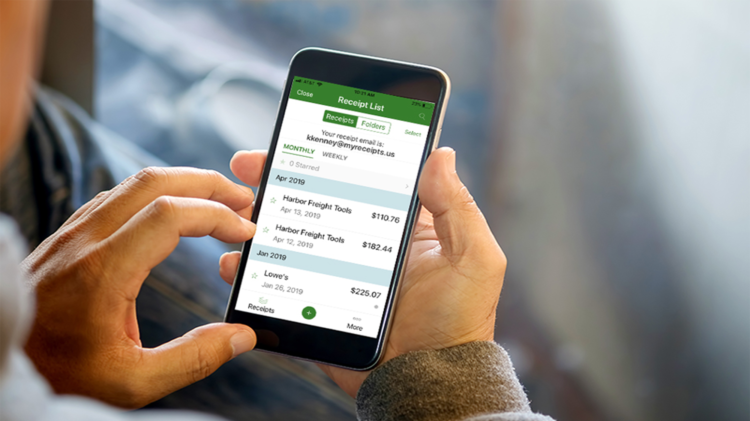How to Track Expenses. Tracking your spending on a regular basis can give you an accurate picture of where your money is going and where you’d like it to go instead. Here’s how to get started tracking your monthly expenses.
Read also this FintechZoom article: Maximizing Efficiency: How a Budget Planner Can Help You Save More.
1. Use an app
The most popular app I hear mentioned is Mint, which is free and connects to most of your accounts, allowing you to customize your budget and receive weekly alerts of your status. It’s a bit wonky at times (it labeled my nail salon as a liquor store, although I suppose they both fall in the same category of “do you really need to spend that?”) and my junk mail around personal loans and credit card offers jumped up suspiciously after signing up, but it’s easy to correct transactions that are incorrectly categorised and there are other dozens of options out there besides Mint. In fact, there are entire Facebook communities dedicated to picking apart the benefits and drawbacks of each, so I won’t get into those details, but if you want real-time updates on where your money is going, then an app may be your best method of tracking. How to Track Expenses.
Read: These Expenses Haven’t Gone Up In The Past 2 Years.
2. Pencil and Paper – How to Track Expenses
Don’t dismiss old school methods. Plenty of people have and still do stick to a paper budget. The biggest benefit here (besides not needing access to technology) is that physically writing things down requires an active brain. Active brains are really quite helpful when you’re dealing with money.
The inferior side to this method is pretty clear: Most of us don’t keep up with paper copies of stuff these days. When you get a receipt, you have to hold on to it until you can get it to your budget and write it down. Sometimes receipts are misplaced. Sometimes the cash you spent on a quick trip to the dollar store is forgotten. Sometimes a few debit card purchases aren’t written down quickly by one spouse or the other. Any of these communication breakdowns can lead to a busted budget.
Read Exploring the Legalities of an International Call.
3. Envelope System
This expense tracking method is set up a “pay cash in person” method. You can auto draft things like retirement, mortgage and some utilities. You might send checks or make a debit card payment online for other bills. But the expenses you pay for in person become cash only.
At the start of the month, you put cash in envelopes labeled with budget lines. Groceries, entertainment and eating out are three great examples. Take your “groceries” envelope with you when you head to the grocery store. When the envelope is empty, your spending stops. Your money is essentially tracking itself.
Let’s face it, though, paying in cash can sometimes be inconvenient. Who wants to go inside the gas station to prepay at the register? Who likes counting out or keeping up with coins? Plus, with the rise of e-commerce, paying cash isn’t always an option. Still, this is a powerful way to track expenses, because physically watching the money leave the envelope inspires a whole new level of responsibility.
4. Computer Spreadsheets – How to Track Expenses
It’s time to talk digital. Plenty of people are spreadsheet fanatics, and they’ll talk to you about its perks until the end of time. The plethora of templates, the ability to customize your budget, the beauty of having the math done for you on the screen—these are a few benefits to spreadsheet budgets.
But those spreadsheet enthusiasts aren’t always married to fellow spreadsheet enthusiasts. Couples should be in open communication about their spending; don’t let spreadsheets come between your happily ever after.
The second disadvantage to spreadsheets is getting to your computer to keep up with your spending. If you grow lax on these daily visits to enter expenses, your budget isn’t really a budget—it’s just a spreadsheet full of good intentions. Good intentions are where you start, but good intentions don’t accomplish money goals on their own.

